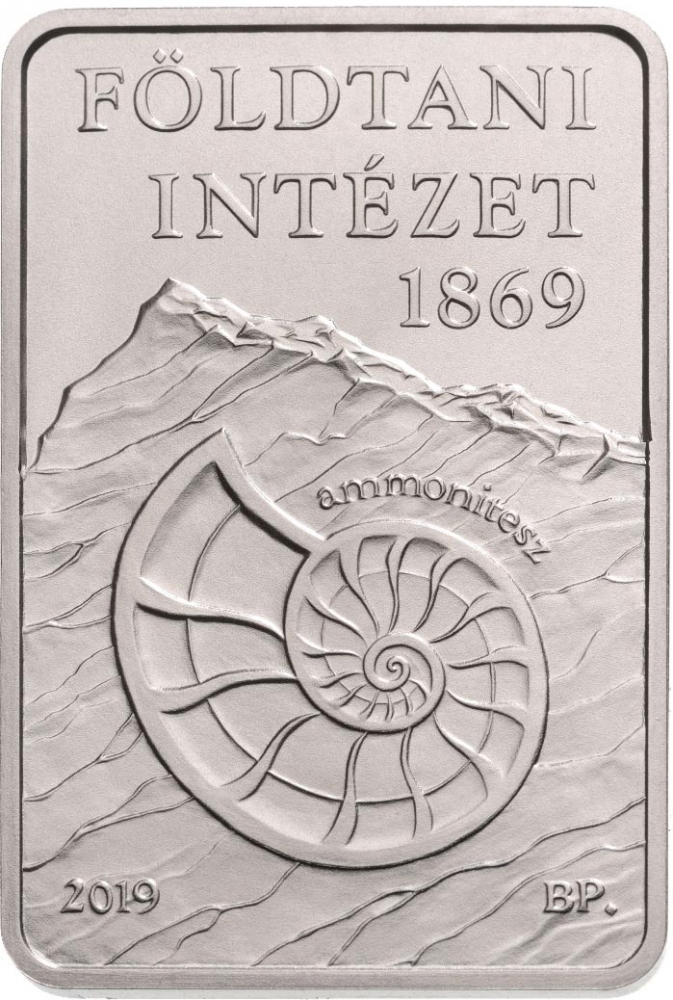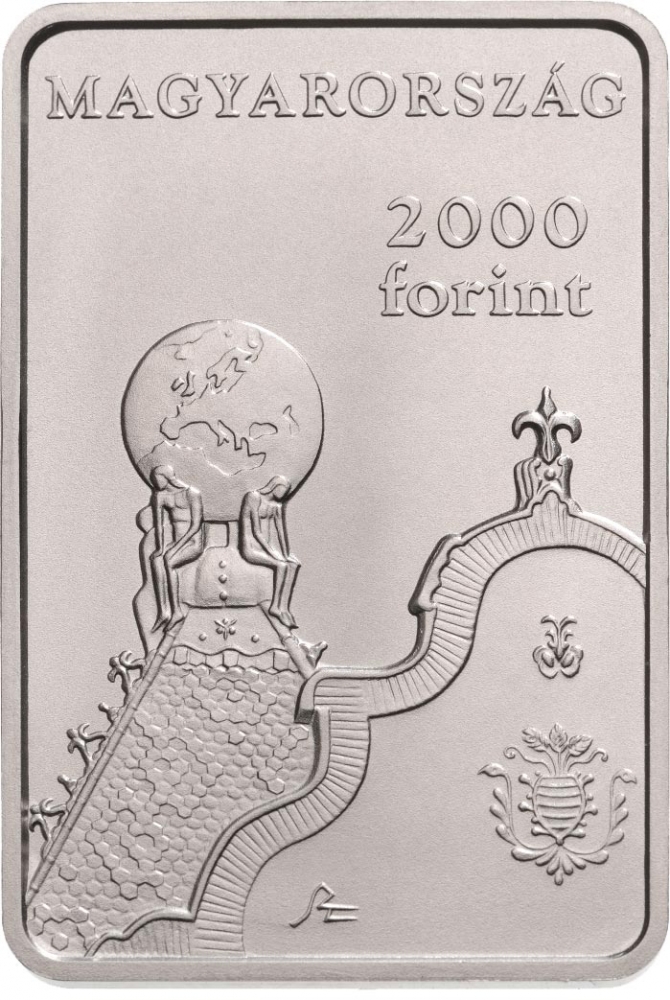You are about to finish your registration. Please check your mailbox (including spam folder). There should be a letter with a confirmation link. Check setting to make sure that your e-mail address is correct.
Send letter againDescription
Established in 1869 as the Royal Hungarian Geological Institute, the Hungarian State Geological Institute (MÁFI) saw its founding document signed by Ferenc József I. On April 1, 2012, it merged with the Eötvös Loránd Geophysical Institute to form the Hungarian Geological and Geophysical Institute (MFGI). This institute is dedicated to geological and geophysical research, aiming to comprehend the Earth's crust and mantle, promote sustainable management of mineral resources and water, explore energy resources, and analyze Earth processes. Situated in an Art Nouveau building in Budapest, designed by Ödön Lechner and completed in 1898-1899 under Sándor Hauszmann's direction, the institute also hosts Hungary's largest geological collection, preserving minerals, rocks, fossils, and historic science photographs.
Engraver: László Szunyogh
Obverse

|
Depicts a rock fragment containing an ammonite fossil. Following the outline of the fossil, the word "ammonite" is visible. At the top edge, in three consecutive rows, the inscriptions "GEOLOGICAL," "INSTITUTE," and "1869" are placed, while at the bottom, on the left side, the issuance year "2019" is shown, and on the right side, the mint mark "BP" is situated. FÖLDTANI |
|---|---|
Reverse

|
Depicts the building of the Hungarian Mining and Geological Service, formerly the Geological Institute. In the foreground, the pediment adorned with floral motifs; in the background, the peak of the building's roof, with Atlas figures supporting the globe on their shoulders, is visible. At the top edge is the inscription "HUNGARY", below which, in two horizontal rows, the denomination and the text "FORINT" can be read, and at the bottom, integrated into the depiction, the engraver's privy mark is placed. MAGYARORSZÁG |
| Edge |
Characteristics
| Type | Commemorative Issue (Non-circulating) |
| Material | Copper Nickel |
| Weight | 27 g |
| Diameter | - |
| Width | 26.4 mm |
| Height | 39.6 mm |
| Thickness | - |
| Shape |
|
| Alignment | Medal |
| Mint |
Budapest Mint (BP)
|



